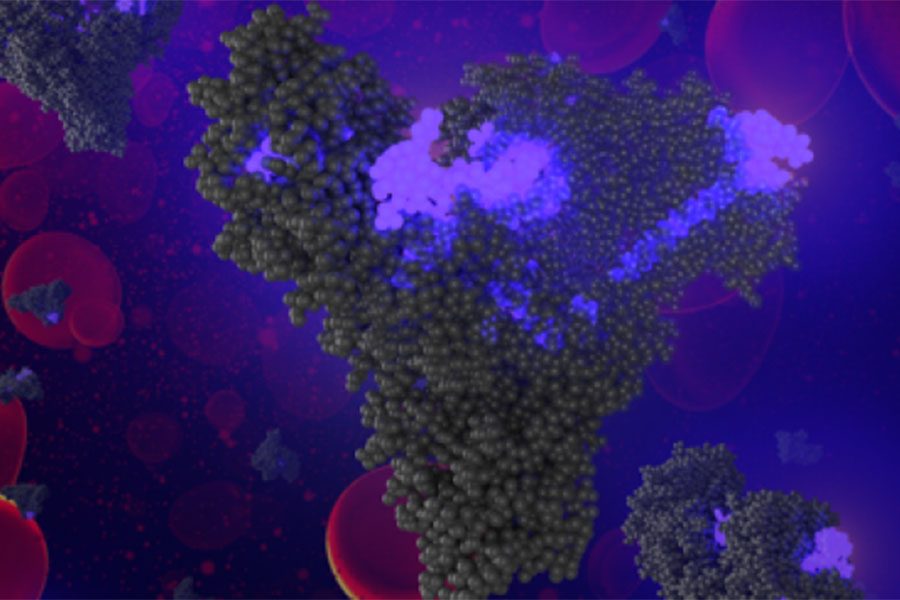New cancer drug delivers chemo drug directly into tumors
The new chemotherapy drug-delivery system rides through the bloodstream on human serum albumin, disguising itself as fat.
July 31, 2019
Northwestern researchers engineered a new drug-delivery system that cloaks chemotherapeutics as fat to deceive and destroy cancerous tumors.
The drug disguises itself as fat molecules, and tumors welcome the drug inside for consumption. Cancer cells consume nutrients much quicker than healthy cells. Meanwhile, the targeted drug mobilizes inside the tumor and suppresses growth. The drug is lower in toxicity than other cancer-fighting drugs and contains fewer side effects for humans.
“It’s like a Trojan horse,” lead chemistry Prof. Nathan Gianneschi told Northwestern Now. “It looks like a nice little fatty acid, so the tumor’s receptors see it and invite it in.”
Gianneschi and his team created a long-chain fatty acid with two binding sides on each end. The fatty acid and attached drugs hide inside human serum albumin (HSA), which carries molecules throughout the body. The tumor’s cellular receptors recognize the molecules as fat and allow them inside. The cancer cells die when they metabolize the drug.
Researchers used their drug-delivery system to carry paclitaxel, a common FDA-approved chemotherapy drug. The drug was carried into the tumors of a small animal model and eliminated the tumors. It eradicated three types of cancer: bone, pancreatic, and colon.
“It’s like the fatty acid has a hand on both ends: one can grab onto the drug, and one can grab onto proteins,” Gianneschi said. “The idea is to disguise drugs as fats so that they get into cells and the body is happy to transport them around.”
Gianneschi confirmed that is it common to use small-molecule drugs to enter into tumors and other cells, but they are toxic to humans. As a result, he said side effects can have terrible impacts. The researchers discovered they could deliver 20 times the dose of paclitaxel with their system in comparison to other mediums. Their drug delivery-system is still 17 times safer than other delivery methods.
The study was published July 18 in the Journal of the American Chemical Society (JACS).
Email: [email protected]
Twitter: @ahlaamdelange


